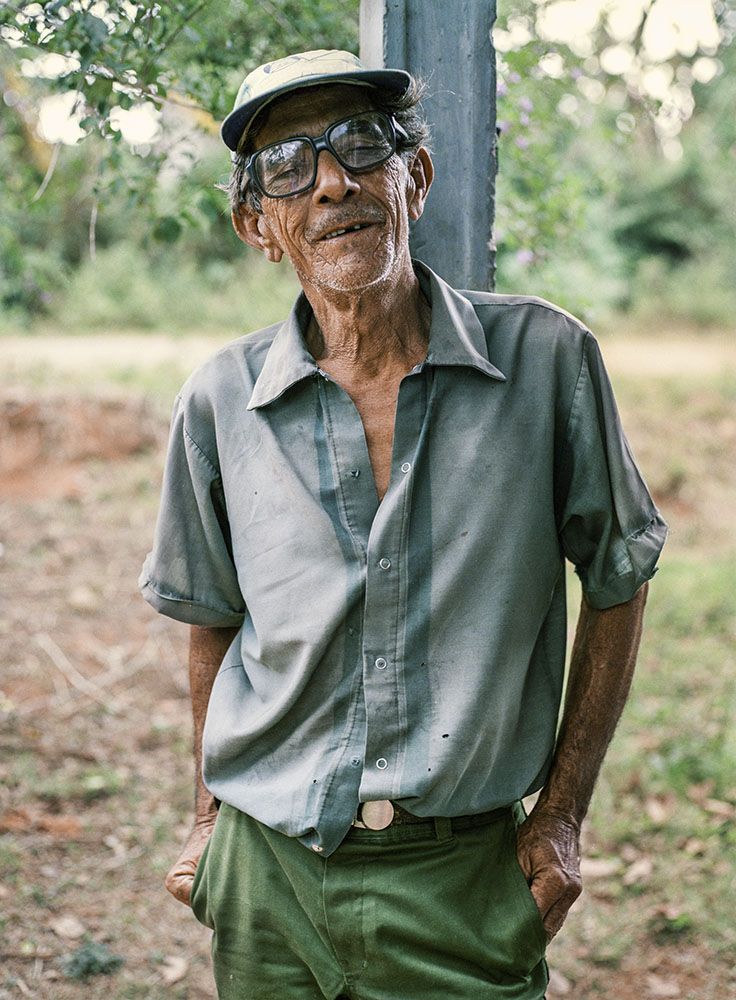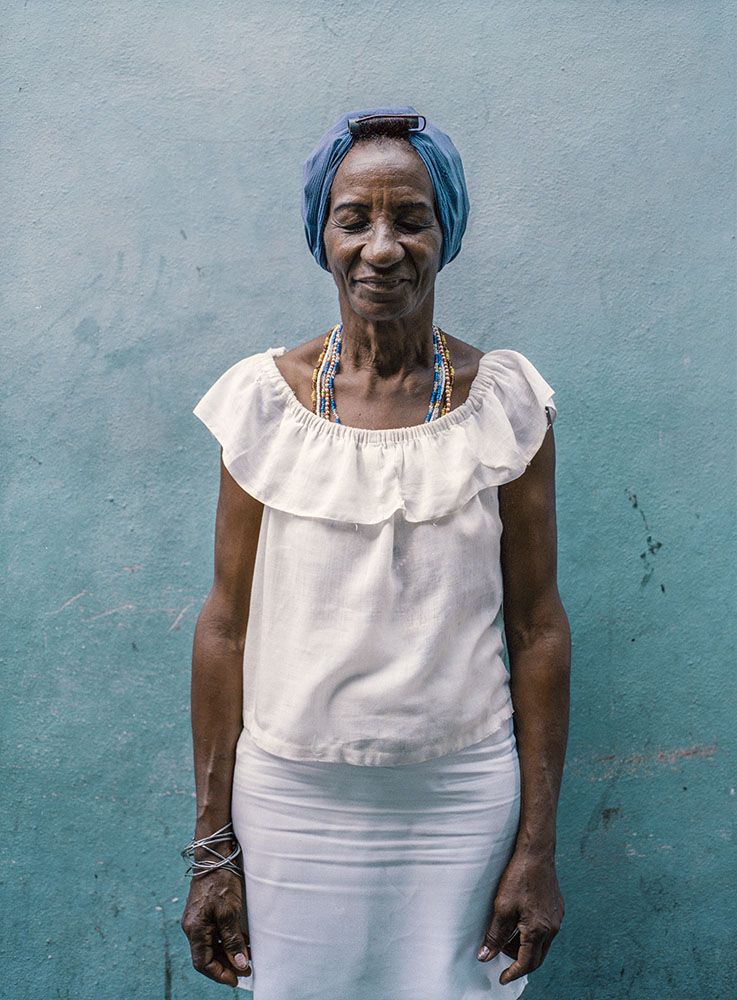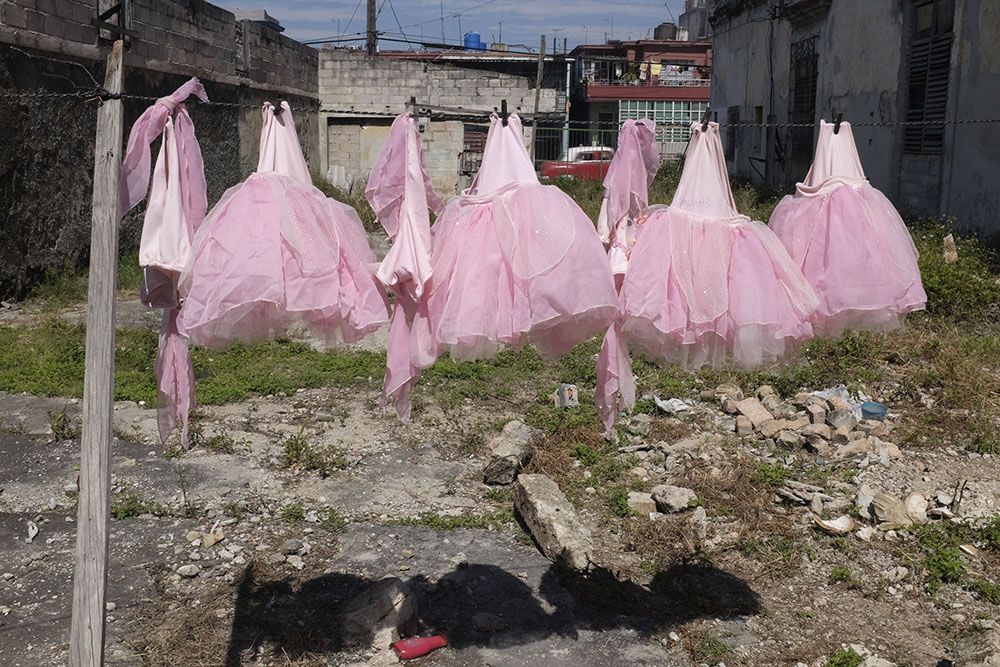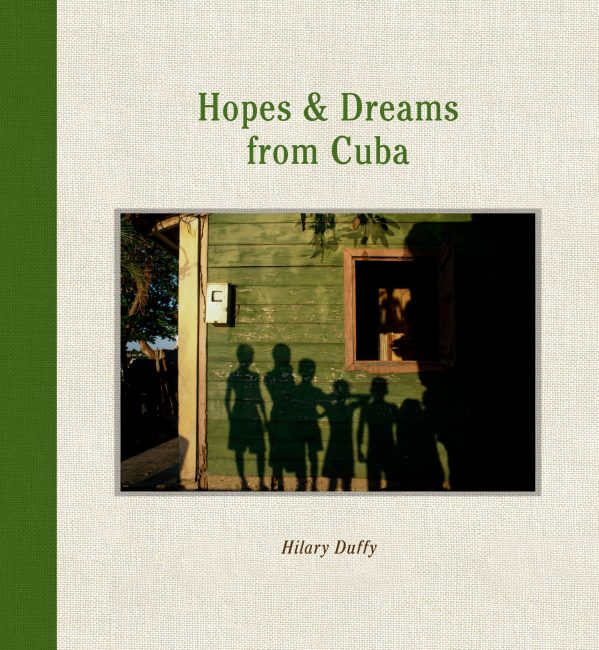blog
Book Review: Hopes & Dreams from Cuba by Hilary Duffy

Hilary Duffy is a New York City-based photographer whose “ongoing practice is rooted in visual storytelling through collaboration.” I understand this to mean that her pictures are staged – and quite some obviously are. Probably not all of them because collaboration can also mean that the persons photographed agreed to being photographed or that they wished to be photographed in a way that they wanted.
I’m very much in favour of such an approach not least because collaboration is a concept I warm to. I clearly prefer it to competition that unavoidably results in winners and losers. Moreover, some photography is by definition a collaboration – think of portrait photography, for instance.
“These visual chronicles and collaborations span the period from 1999 to 2017,” I read. So they were taken shortly after I got married in Havana (in 1998) and, needless to say, my mind automatically travels back to the time that I had spent in Cuba. Do I see it reflected in the pictures in this tome? Absolutely! And, not only in the things/persons photographed, but also in the colours.

The book is divided into two parts. The first shows typical Cuban street scenes. This is how Jon Lee Anderson in his essay “Survival in a State of Flux” describes such a scene: “… a man prepares to dissect a pig he has slaughtered and laid out on a table on a city street – his cook pot already on a wood fire and his neighbors observing from nearby perches – a reminder of how, in Cuba, the frontier between the public and the private is often intangible.” The second part is entitled “Esperanzas” (Hopes) and portrays a variety of Cubans, young and old, male and female. The pictures are accompanied by personal statements (in English and Spanish) of hope. An old woman by the name of Balbina: “My dream has always been to have fun.” A young boy called Flowar: “I dream of being a baseball star.” The middle-aged Pilar: “I want to be cured of Cancer.” Armando, a man (probably) in his fifties, with Lenin looking over his shoulder: “My dream is difficult but not impossible. The dream is to live in a world where everyone is equal. I am sure I won’t see this, but someday others will.”
The photos in this tome, it seems to me, were taken with sympathy and affection. Spending time with them (especially the one that shows a young woman at a table with chopped meat on display – she reminded me of my ex-wife) made me feel Cuba and the Cubans again, also with sympathy and affection.

My dream was to have seen my eight daughters grow, study and work in this Revolution. Now that I am a senior, I have retired from my state work. – Alejandrino

I wish to see my son in Miami, who left during the Mariel boatlift in 1980.

“The Cuban community has long coped with challenges through improvisation and ingenuity. The result is a rich and creative culture that has flourished in spite of material scarcity,” Hilary Duffy writes. As much as I agree, I also wonder whether this remarkably creative culture would also have been possible in times of material affluence.
I’ve always thought it particularly fascinating what photos can do to you, namely that they are often triggering a lot of other images in your head – scenes, emotions, thoughts, the whole lot the brain produces without pause. While letting these immensely appealing photographs sink in, a conversation I once had with a young Cuban woman on a flight from Havana to Cancún came to mind. She lived in Miami and had been visiting relatives on the island. What was the biggest difference between living in Havana and Miami?, I asked. “In Miami”, she said, “when somebody is knocking on your door, you don’t open it – for fear it could be a robber. In Havana, however, you know it’s a neighbour who needs help and so you open it. Out of necessity, for you might need his help one day too.”
It goes without saying that my intention is not to romanticise a repressive regime but to point out what Mark Vonnegut, a psychiatrist, once penned in a letter to his father, the writer Kurt Vonnegut: “We are here to help each other getting through this thing, whatever it is.” This is what Hilary Duffy’s touching photographs do to me.

Hopes & Dreams from Cuba
Esperanzas y Sueños de Cuba
Photographs by Hilary Duffy
Essay by Jon Lee Anderson
Location: Online Type: Book Review
Events by Location
Post Categories
Tags
- Abstract
- Alternative process
- Architecture
- Artist Talk
- Biennial
- Black and White
- Book Fair
- Car culture
- charity
- Childhood
- Children
- Cities
- Collaboration
- Cyanotype
- Documentary
- environment
- Event
- Exhibition
- Family
- Fashion
- Festival
- Film Review
- Food
- Friendship
- FStop20th
- Gun Culture
- Italy
- journal
- Landscapes
- Lecture
- love
- Masculinity
- Mental Health
- Museums
- Music
- Nature
- Night
- photomontage
- Podcast
- Portraits
- Prairies
- River
- Still Life
- Street Photography
- Tourism
- UFO
- Wales
- Water
- Zine

Leave a Reply